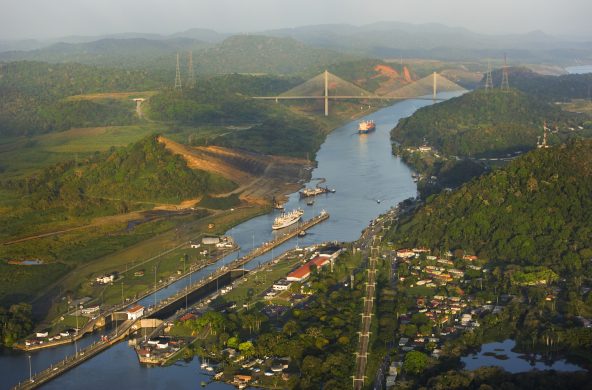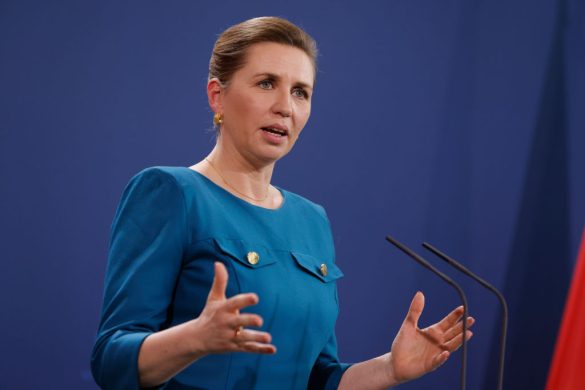The fish trade is an increasingly vital source of income for developing countries but they still face many challenges, including tariffs and technical barriers from wealthy countries, before they can tap into its full worth, research from the United Nations agriculture agency shows.
The Food and Agriculture Organization (FAO) has found that the export value of fish and fisheries products has leapt from 15 billion to 57 billion dollars since 1980, and that developing countries hold more than 50 per cent of the market share.
Developing countries are earning net fish trade revenues of 17,7 billion dollars, which is more than the combined amount earned from exports of tea, rice, cocoa and coffee.
Grimur Valdimarsson, Director of the FAOs Fishery Industries Division, said “this shows what developing countries are able to accomplish in international trade when given an equal opportunity.”
But tariffs and so-called “technical barriers” to trade imposed by developed States are making it difficult for developing nations to compete equally, according to the FAO.
Lahsen Ababouch, Chief of the FAOs Fish Marketing and Utilization Services, said many of the technical barriers were introduced for “perfectly legitimate” reasons, such as protecting human health or the environment.
But he stressed that the rules need to be based on solid science to ensure they do not serve as trade protectionism to prop up domestic markets.
Kilde: FNs Nyhedstjeneste















